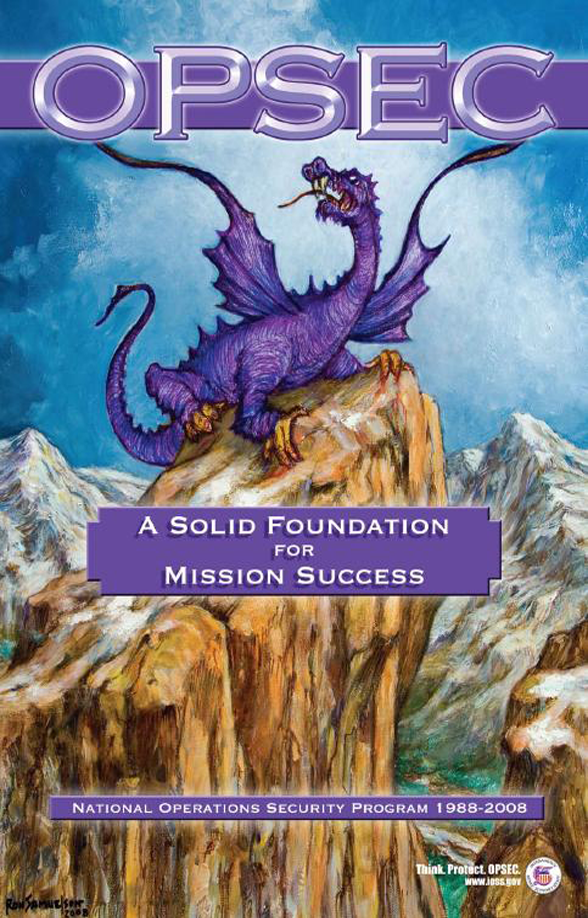What is Operations Security (OPSEC)?
Operations Security is a systematic method used to identify, control, and protect critical information and subsequently analyze friendly actions associated with military operations and other activities. Ultimately, OPSEC is protecting your information and activities from your adversaries.

A special emphasis of the Command OPSEC program is placed on reviewing information pertaining the description, location and missions supported by human and physical assets deemed to be critical to the execution of those missions.
Visit the Navy OPSEC site
Always Use OPSEC!
- Be familiar with the critical information list
- Encrypt sensitive but unclassified e-mails
- Use secure phones to discuss critical information
- Shred all paper
The OPSEC Five-Step Process
The OPSEC Five-Step Process is a process meant to prevent the inadvertent release of Critical Information. If individuals protect their pieces of the puzzle, adversaries will not be successful in obtaining a piece that could be aggregated with other information resulting in adverse consequences to our mission.

By integrating the OPSEC Five-Step Process methodology into existing procedures, each organization can accomplish protecting its activities by protecting information. OPSEC is a continuous process and shall be applied to each operation, project, and day-to- day operations and repeated throughout the duration of each.
The OPSEC Five-Step Process consists of:
- Identifying critical and sensitive data
- Analyzing the threat
- Determining the vulnerabilities
- Assessing the risk
- Developing and implementing countermeasures
Get In Touch
For information, please contact the MCICOM OPSEC Program Coordinator.
Phone: 571-256-8193